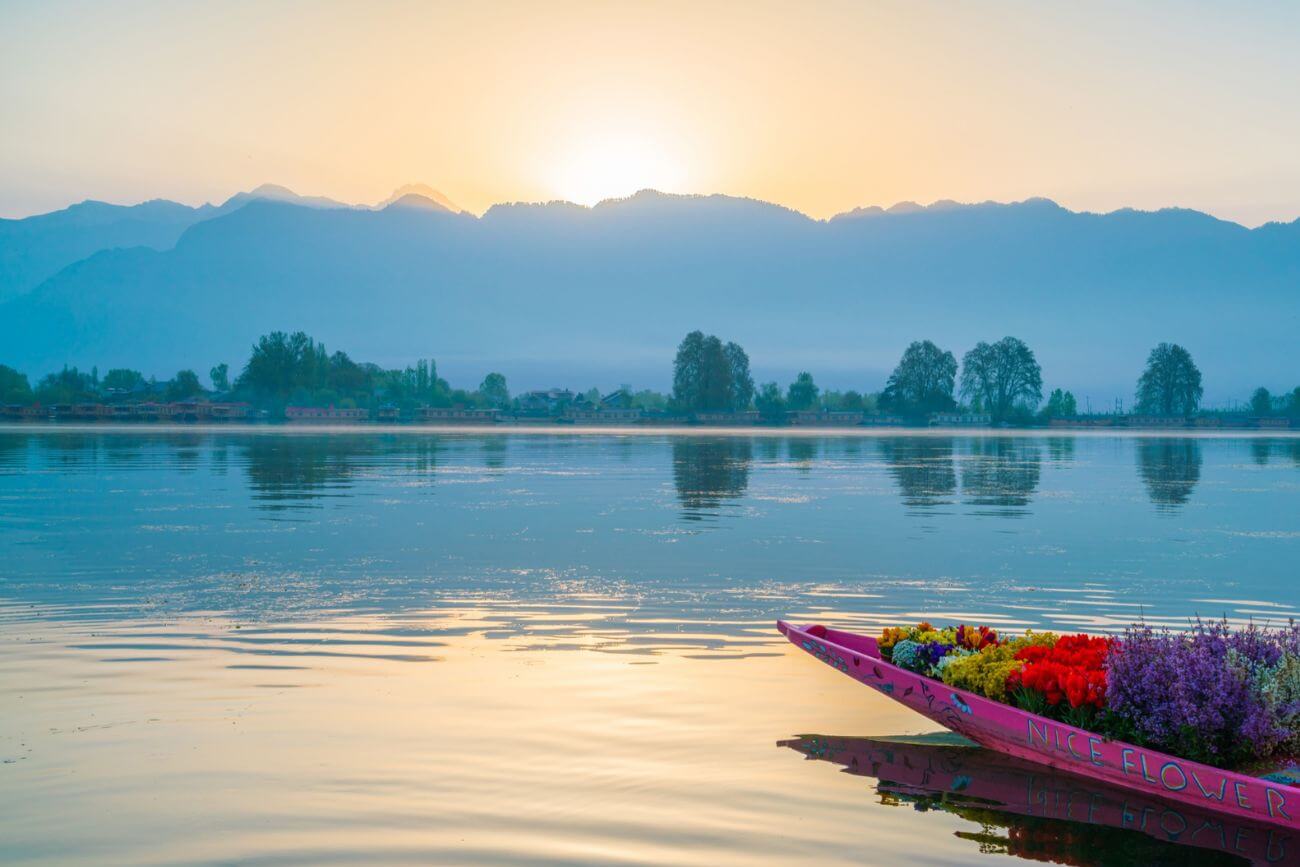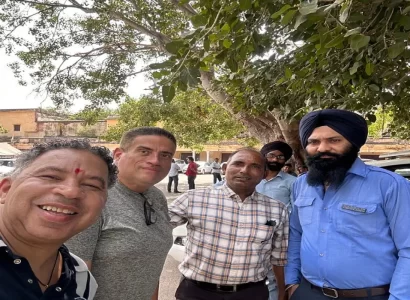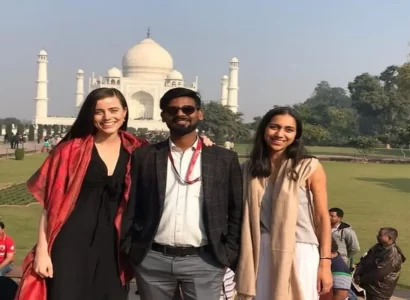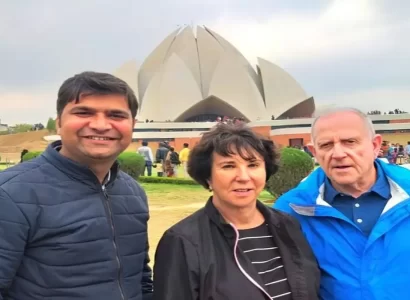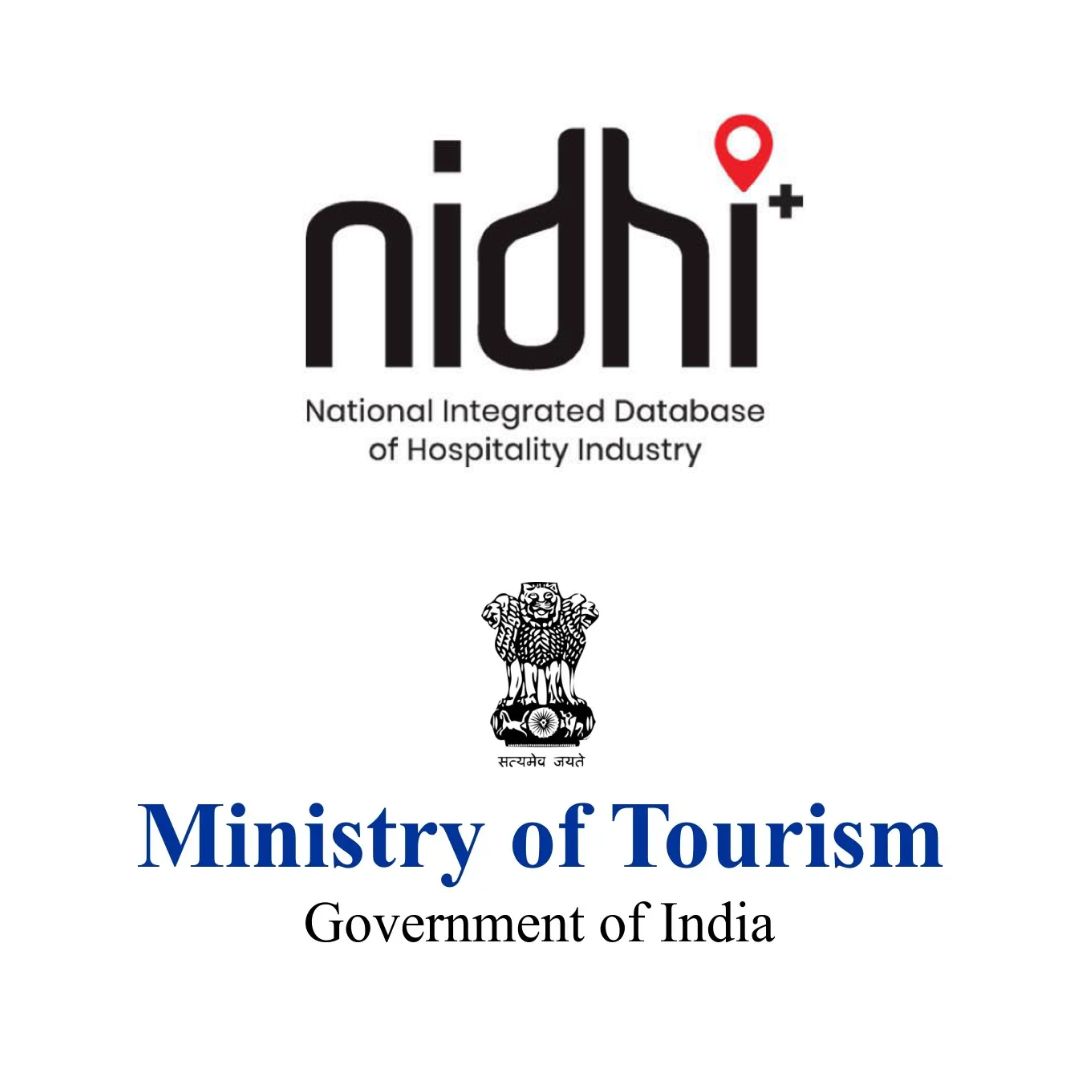India is a land of wonders, stories, myths and legends. Visiting it is nothing but a sheer privilege for the soul, treat for the eyes and an absolute experience for the mind.
DELHI
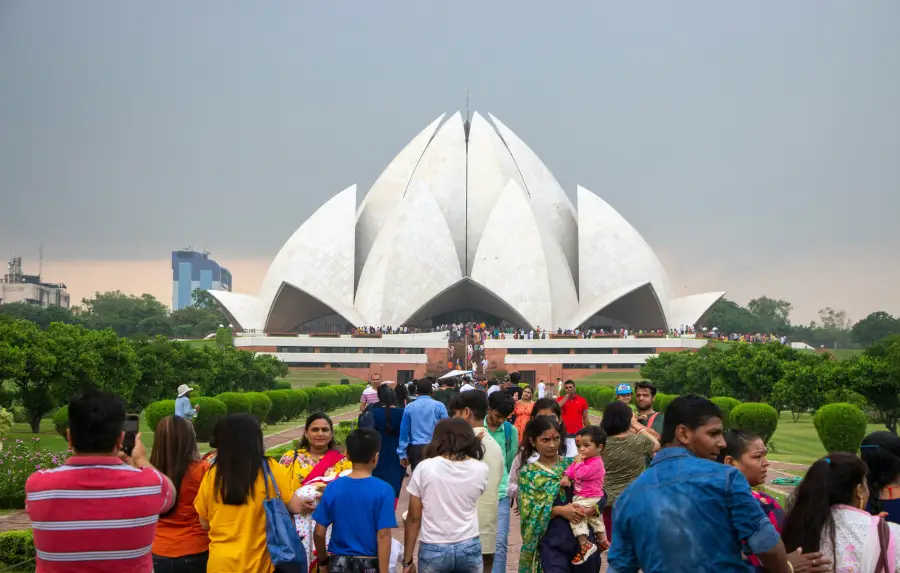
Delhi, India’s capital, is a fascinating combination of many cultures, with everything from rich history to fantastic food. It is a city built upon cities, providing many ancient sights and monuments from many times to modern-day Delhi. Explore this treasure trove of ancient history and culture, which includes one of India’s largest mosques, Jama Masjid, as well as the 17th-century Red Fort, which influenced many later buildings in north India, Humayun’s Tomb, Laxmi Narayan Temple, and numerous other mosques, tombs of famous historical figures, and temples. With some of the liveliest food scenes in the country, Delhi is also renowned as India’s culinary capital. When visiting Delhi, you should eat some of the city’s famous cuisine, whether at a local restaurant or on the street.
Best time to visit Delhi: October to March for the most comfortable weather.
AGRA
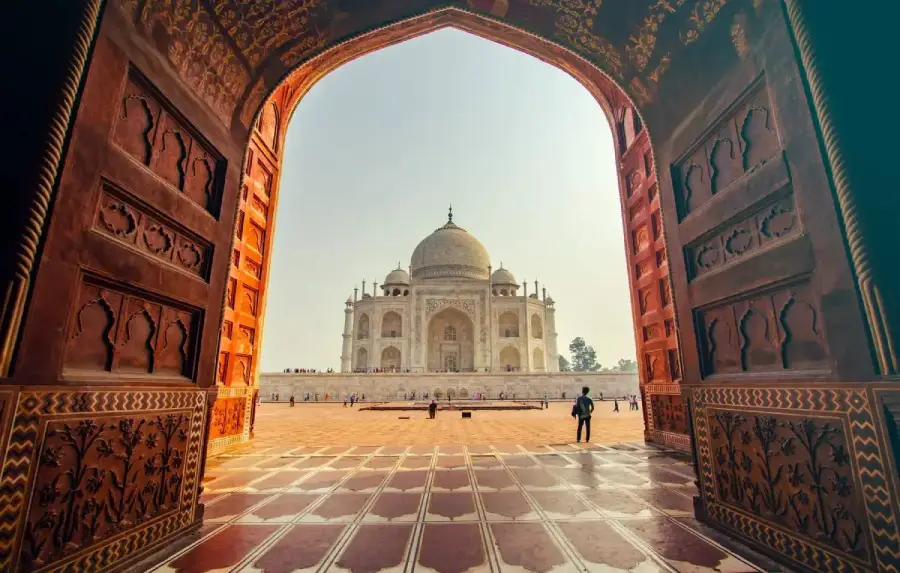
Agra is home to India’s most famous sight, the Taj Mahal, and is part of the famous Golden Triangle itinerary, making it one of India’s most visited towns. The majestic Taj Mahal, erected as a memorial to his beloved wife Mumtaz Mahal by the fifth emperor of the Mughal Empire Shah Jahan, is regarded as a symbol of love and is one of the New Seven Wonders of the World. Millions of visitors come each year to appreciate this stunning mausoleum and learn about its unique history. Princess Diana, Hillary Clinton, and Mark Zuckerberg are among the notable visitors. As the formal capital city of the Mughal Empire, Agra has other interesting sites that are worth visiting, such as Agra Fort, one of the finest Mughal forts, and the Tomb of Itimad-Ud-Daulah which is often called the Baby Taj. It is also highly recommended that you take a side trip to Fatehpur Sikri, the short-lived capital of the Mughal Empire, where you’ll find some of the finest examples of Mughal architecture.
The best time to visit Agra: is October to March. The best time of the day to visit the Taj Mahal is either at sunrise or sunset.
RAJASTHAN
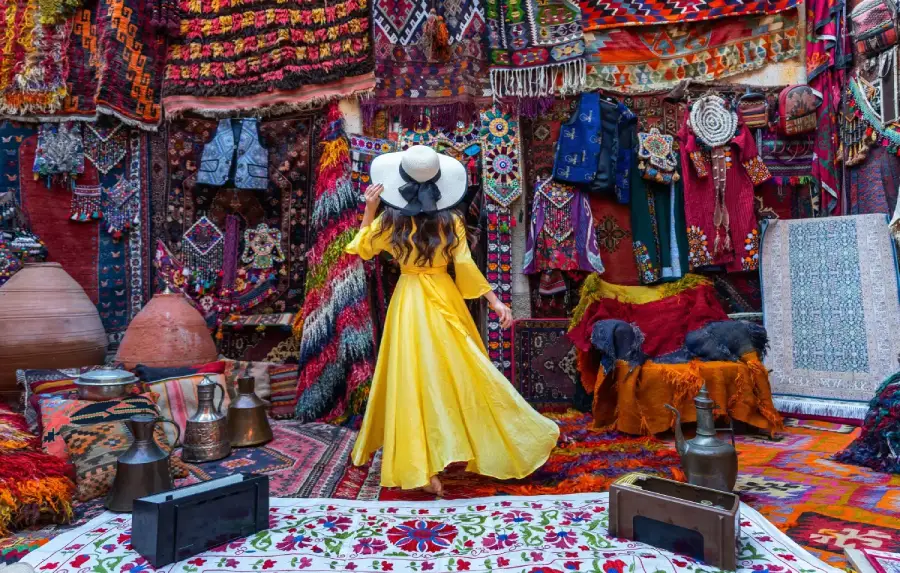
Rajasthan, which translates as “the Land of Kings,” is India’s northernmost state and home to some of the country’s most Instagrammable locations. It awes visitors with its beautiful forts and palaces-built hundreds of years ago by the heroic Rajputs (a Hindu warrior caste from northern India). Many of the palaces and forts have been transformed into opulent hotels and magnificent museums. Jaipur, the state’s capital and gateway, is known as “The Pink City” because to the pink walls and structures of the old city. If you are interested, you can spend days exploring its heritage sites like the City Palace, Hawa Mahal (Palace of the Winds), Jal Mahal (Water Palace), Amber Fort, Nahargarh Fort, and Jantar Mantar, a well-preserved observatory.
The best time to visit Agra: is October to March. The best time of the day to visit the Taj Mahal is either at sunrise or sunset.
THE MYSTICISM OF THE GANGES – VARANASI
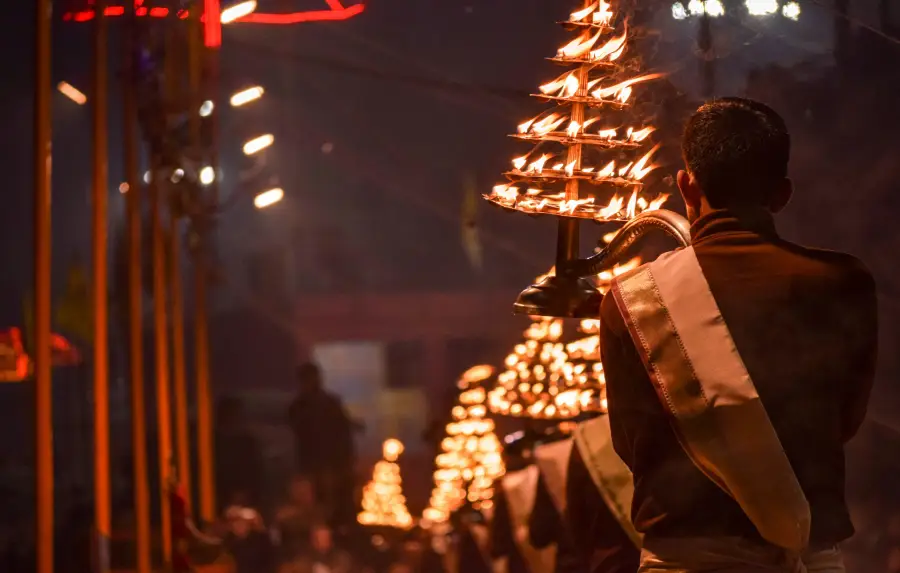
Varanasi, located on the left bank of India’s most sacred river, the Ganges, is the holiest city for Hindus and unquestionably India’s spiritual centre. It is unlike any other Indian city. It is where you can see public rituals of life and death: pilgrims washing in the sacred Ganges waters to wash away sins, and bodies of the dead burned at riverside ghats in the hope of reincarnation. The residents appear to be used to it. This is possibly what makes Varanasi such a lovely and fascinating destination to visit. Some must-do activities include strolling along the riverfront ghats and taking a sunrise boat ride on the Ganges.
Besides the River Ganges, there are many other spiritual places to visit, such as Kashi Vishwanath Temple (Golden Temple) that is dedicated to Shiva, Bharat Mata Temple for Mother India, and Sarnath (The Deer Park) where Buddha preached his first sermon.
The best time to visit Agra: is October to March. The best time of the day to visit the Taj Mahal is either at sunrise or sunset.
RANTHAMBORE FOR WILDLIFE

Ranthambore for wildlife viewing
Ranthambore National Park, named after the 10th-century Ranthambore Fort and once served as the maharajahs’ royal hunting grounds, is one of India’s premier areas for tiger tracking. The park has roughly 70 tigers, with Zone 6 having the highest possibility of seeing them (the park it divided into 10 zones). Aside from tigers, the park is home to a variety of other exotic animals, including sloth bears, leopards, and over 300 bird species. Tip: If you want to view as many animals as possible, it is recommended that you set aside two or three days for further safaris.
Best time to visit Ranthambore National Park: It is only open to visitors from October to June, and it is closed the rest of the year owing to monsoon rains. Cooler weather is available during the winter months of October to December. If you don’t mind the heat, the months of March to June are ideal for wildlife viewing because most animals emerge in quest of water.
GOA FOR IT’S SUN-DRENCHED BEACHES
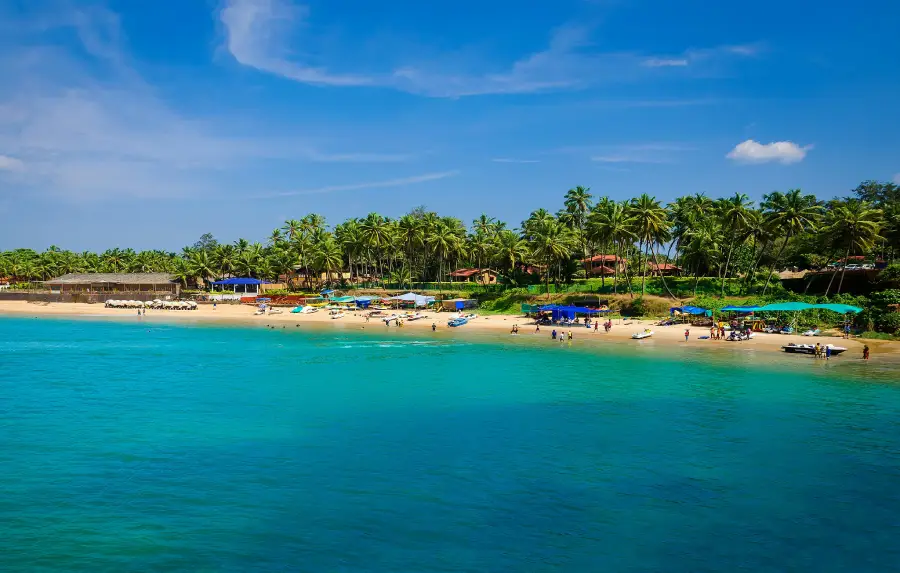
Goa, India’s smallest state, is located on the western coast, with gorgeous coastlines reaching along the Arabian Sea. Before 1961, it was a Portuguese colony with well-preserved colonial buildings. Goa’s main lure is its gorgeous beaches, each with its own distinct personality. Beaches in the north tend to be more developed and action-packed, whilst beaches in the south tend to be quieter. Anjuna for hippie market bliss, Palolem for palm-fringed soft dunes, Mandrem for a laid-back vibe, Agonda for tranquilly, and many more for a variety of tastes. In addition to lying on the beach, many vacationers practise yoga and meditation. There are sunrise yoga sessions available to you. Visit a spice farm to learn why the Portuguese were so enamoured with Goa, and spend time visiting the Portuguese colonial legacy, such as the Basilica of Bom Jesus, St. Cathedral, and Church of Lady of Rosary.
The Best season to visit Goa: It is from October to March when the weather is dry and mild. The months of April and May are hot and humid, while monsoon rains fall from June to September.
BACKWATERS OF KERALA FOR LEISURE
Kerala is the most gorgeous state for many visitors, with spectacular landscapes ranging from shimmering backwaters to sunny beaches and grassy hills. The state’s most popular attraction is the well-known Kerala backwaters, and Alleppey is the backwaters’ hub. Every photographer’s ambition is to capture this tranquil, lovely network of waterways, lagoons, canals, and rivers. The greatest way to explore the backwaters is on a traditional houseboat, which was originally used by villagers to transport fish, rice, and spices but has now been transformed into a “floating hotel.” You can spend a night or two on the river and eat freshly prepared Indian food while watching the world go by.
The best time to visit Kerala: is October to March for the mild and pleasant weather. April, May, and June are the hottest months. There are heavy monsoon rains from July to September.
KERALA’S BACKWATERS FOR RECREATION
For many travellers, Kerala is the most beautiful state, with breathtaking landscapes ranging from glistening backwaters to sunny beaches and grassy hills. The well-known Kerala backwaters are the state’s most popular attraction, and Alleppey is the backwaters’ hub. The dream of every photographer is to capture this peaceful, magnificent network of waterways, lagoons, canals, and rivers. The best way to see the backwaters is in a traditional houseboat, which was once used by peasants to transport fish, rice, and spices but is now a “floating hotel.” You can stay on the river for a night or two and eat freshly prepared Indian food while watching the world go by. It is the most conventional.
The best time to visit Munnar: is October to March for the most pleasant weather. April to June is also a good time. Monsoon season (July to September) brings heavy rains that could hamper your travel plan, but it also gives the hill station a fresh look.
MADURAI IS KNOWN FOR ITS SOUTH INDIAN CULTURE.
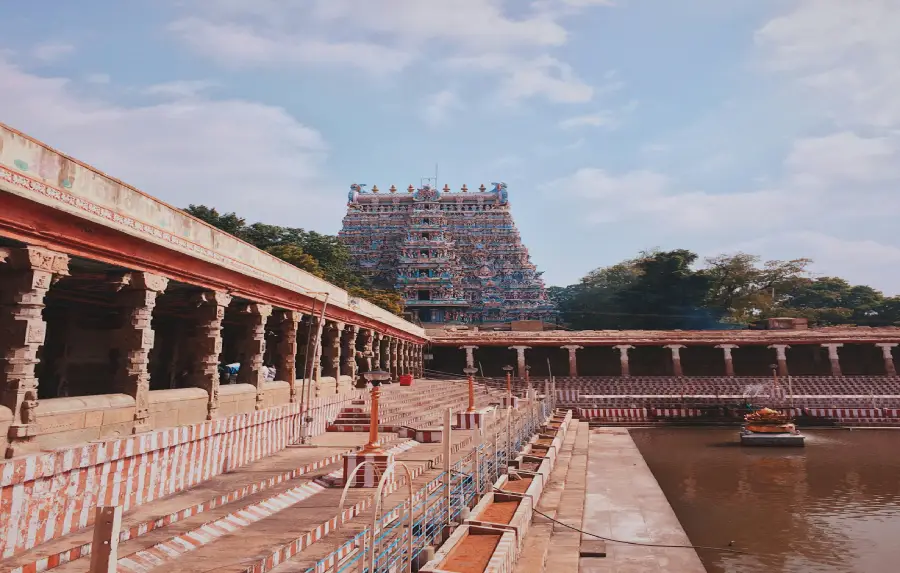
Madurai, in the southern Indian state of Tamil Nadu, is one of the country’s oldest cities, dating back over 2,500 years. It is still the heart of Tamil culture and learning, attracting both domestic and international visitors who want to experience the unique South Indian culture. The city, often known as “Athens of the East,” is most known for its temples. The famed Meenakshi Temple, with its glittering maze-like layout, is the most impressive and important temple in south India. This massive temple structure consists of 14 towers and the Hall of Thousand Pillars. During a night ceremony, Shiva’s picture is transported to join that of his consort Parvati.
The best time to visit Madurai: is October to March.
AMRITSAR
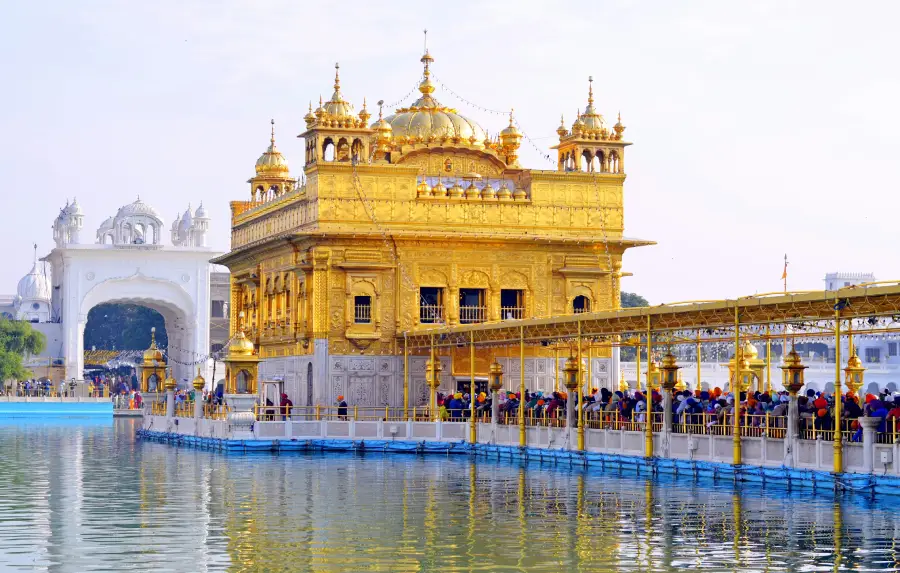
It is located on India’s Northwest border with Pakistan, and provides a unique tourist experience. Sikhs, who believe in equality regardless of race, religion, caste, or gender, make up about half of the residents. (The term “Sikh” means “learner” or “seeker of knowledge,” and Sikhism is the world’s fifth-largest religion.) The holy city of Amritsar, founded in 1577 by the fourth Sikh guru, is home to the majestic Golden Temple (Sri Harmandir Sahib, “The Abode of God”), the major place of prayer for all Sikhs. The temple accepts people of all faiths and draws pilgrims from all around the world.
The dome is gold-plated, and the temple has entrances on all four sides, representing openness. The temple looks stunning at night, with its gold dome illuminated. As a result, the evening is an excellent time to appreciate its beauty and charm. Aside from its spectacular look, the Golden Temple is recognised for housing the world’s largest free communal kitchen, which serves free vegetarian meals to up to 100,000 guests every day. You can take a tour of the kitchen and even volunteer to help prepare and serve food there. In this post: How to Explore Amritsar in One Day, Odynovo travel specialist Nina Xu revealed her own experience of visiting the community kitchen.
Visitor Tips at the Golden Temple:
- Put on acceptable attire. Avoid wearing shorts and keep your shoulders covered.
- Smoking and alcohol consumption are absolutely prohibited.
- To enter the shrine, visitors must wear a head scarf. If you have forgotten to bring one, you can purchase one outside the temple.
Amritsar and the Golden Temple are best visited in October, November, February, and March. Amritsar’s climate is fairly harsh; summers are quite hot, and winters are extremely frigid. Temperatures begin to rise in April, and monsoon rains arrive in July.
All these destinations deserve at least one visit in a lifetime. They are not only historically but also culturally and architecturally rich. Each has a narrative wrapped around it’s air which has stories to unravel and legends to share.
